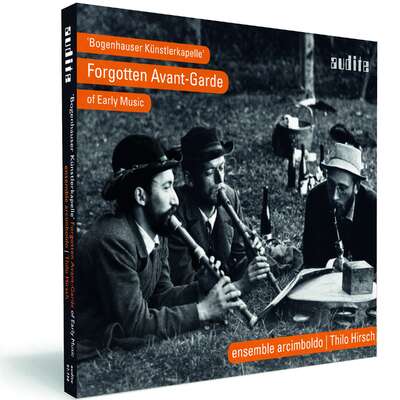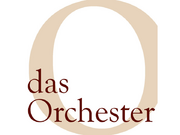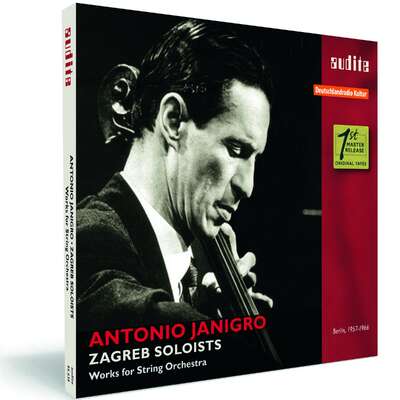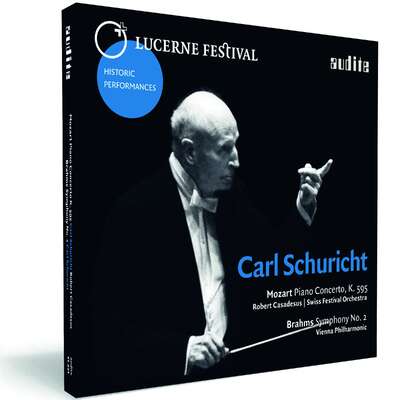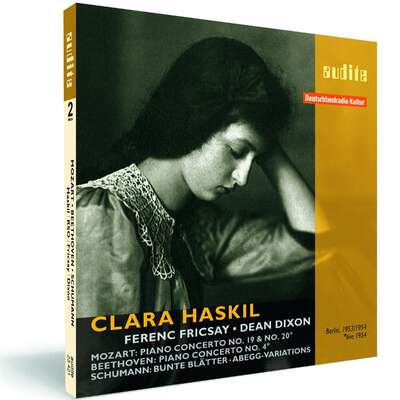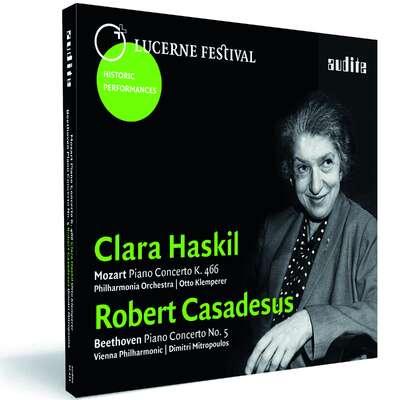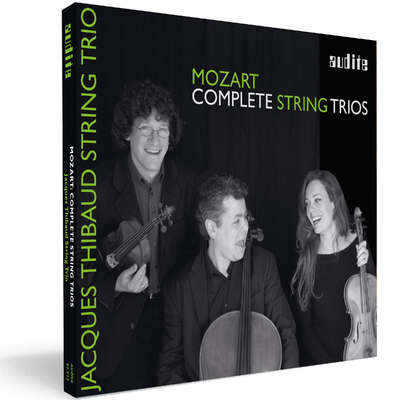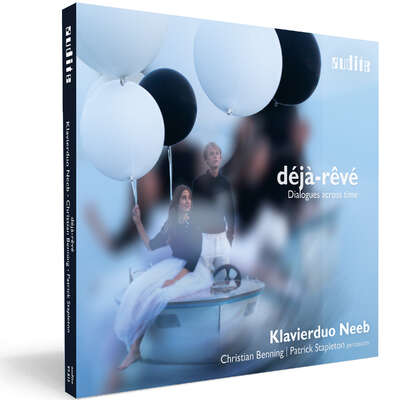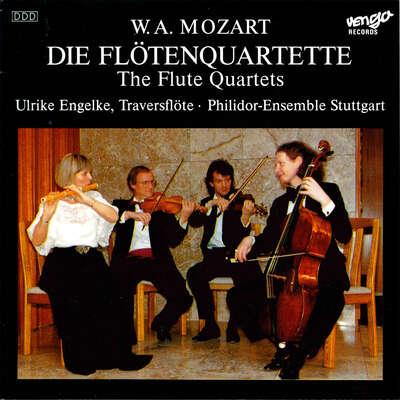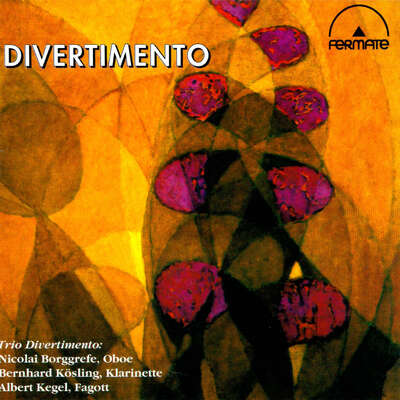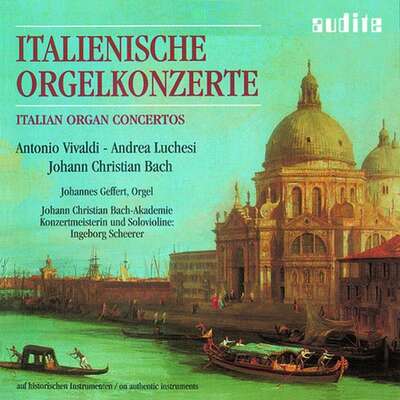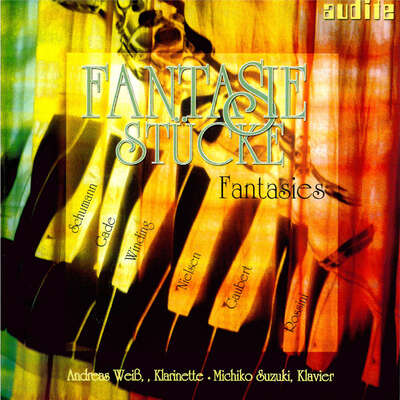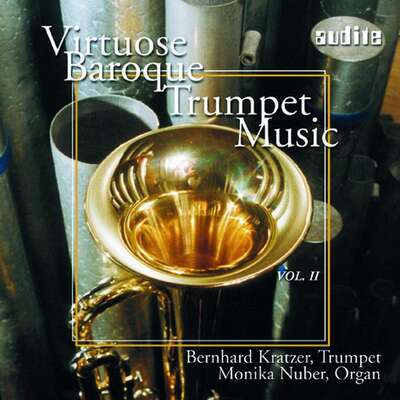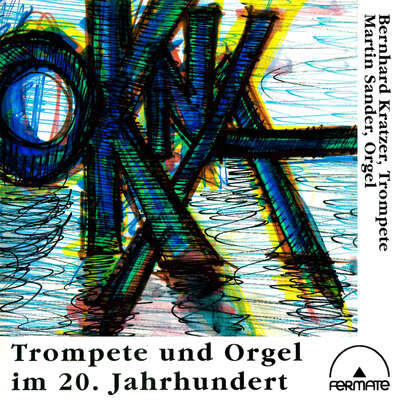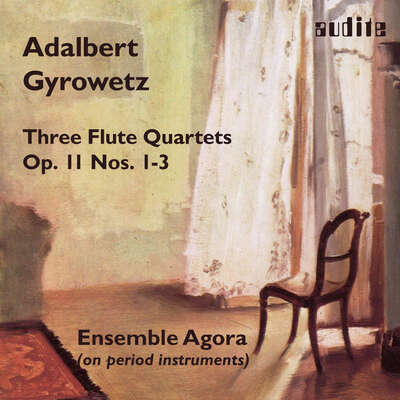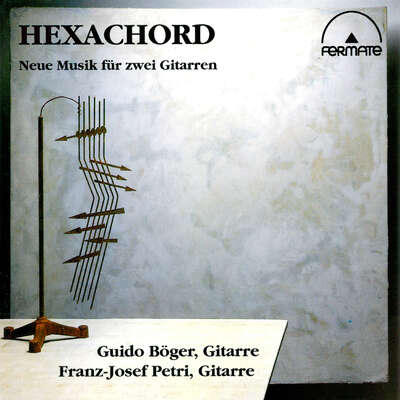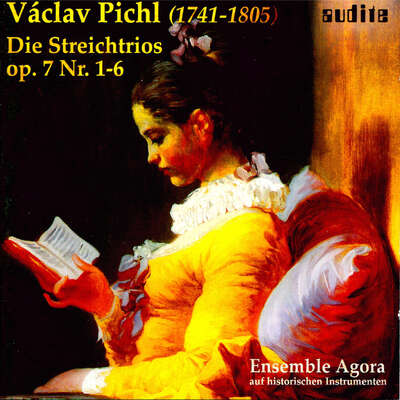ionarts.blogspot.com
| Friday, December 02, 2016 | jfl | December 2, 2016 | source: http://ionarts.b...
Paul Johnson “Mozart: A Life” — The Discography, Part 1 (Keyboard Sonatas, Chamber Music)
Chamber Music: String Quartets
Johnson: “But it is clear from a study of these quartets (K.168 – 73) that Haydn had a steadying, calming, and deepening effect on Mozart’sMehr lesen
Johnson: “But it is clear from a study of these quartets (K.168 – 73) that Haydn had a steadying, calming, and deepening effect on Mozart’s chamber music style, without in any way diminishing his natural effervescence. The two final works in the group, K.172 and K.173, are among the most perfect he wrote, violins, viola, and cello wreathing into each other with magical grace, so that it seems at times as though the four players are working one gigantic integrated instrument.” Also: “The king of Prussia got a magnificent String Quartet in D Major (K.575). The other “Haydn” and “Prussian” Quartets get mention only in passing (“In his last string quartet, K.590 of 1790, he gives some splendid solos to the viola, demanding great virtuosity but showing off the tremendous resources of the instrument, especially in the chromatic passages”), but they are – even if one concedes that the quartets are, as a genre, not as strong in Mozart’s output as, say, his quintets and trios – such important and wonderful works, they need to be included. Aside, they are so easily had together.
I would, without the least bit of hesitation, recommend the set of the impeccably and inspired playing Quatuor Mosaïques (which came out of Nikolaus Harnoncourt’s Concentus Musicus). Their recordings of Haydn and Mozart set a standard for original instrument performances and elevated the genre from niche to mainstream. Alas, these recordings are always in and out of print and the Naïve label seems to re-issue them only piecemeal or when the Amazon price for used copies has reached $500. Keep your eyes peeled. Meanwhile, the modern instrument Klenke Quartet(t)’s liveliness and precision in sparkling renditions equally set a very high standard indeed. For old-world Mozartean beauty, there’s little that goes beyond the Amadeus Quartet, whose box of early recordings on Audite would make a splendid recommendation, alas I try to stay away from catch-all boxes. On the other side, that set includes most of the String Quintets and the Clarinet Quintet, too… which makes for a whole lot of essential Mozart in one place. Although I don’t easily fall in love with the Emerson Quartet’s Mozart (and their classical repertoire performances in general), the undeniable quality and convenience of their recording of the last three quartets gives them the nod here. There’s an air of disinfectant to the affair, but not unlike the Hagen Quartet’s ‘X-Ray’ vision in late Beethoven, the total neatness has intriguing merits all of its own. As for the early quartets, there are not many recordings outside of yet more boxes where they can be found (the Hagen Quartet recordings on DG are out of print), but fortunately the Éder Quartet performances on Naxos are very enjoyable, indeed, with a bit of a boom and broadness to them, that make these quartets sound perhaps a little more mature, still, than they are.
Johnson: “But it is clear from a study of these quartets (K.168 – 73) that Haydn had a steadying, calming, and deepening effect on Mozart’s
